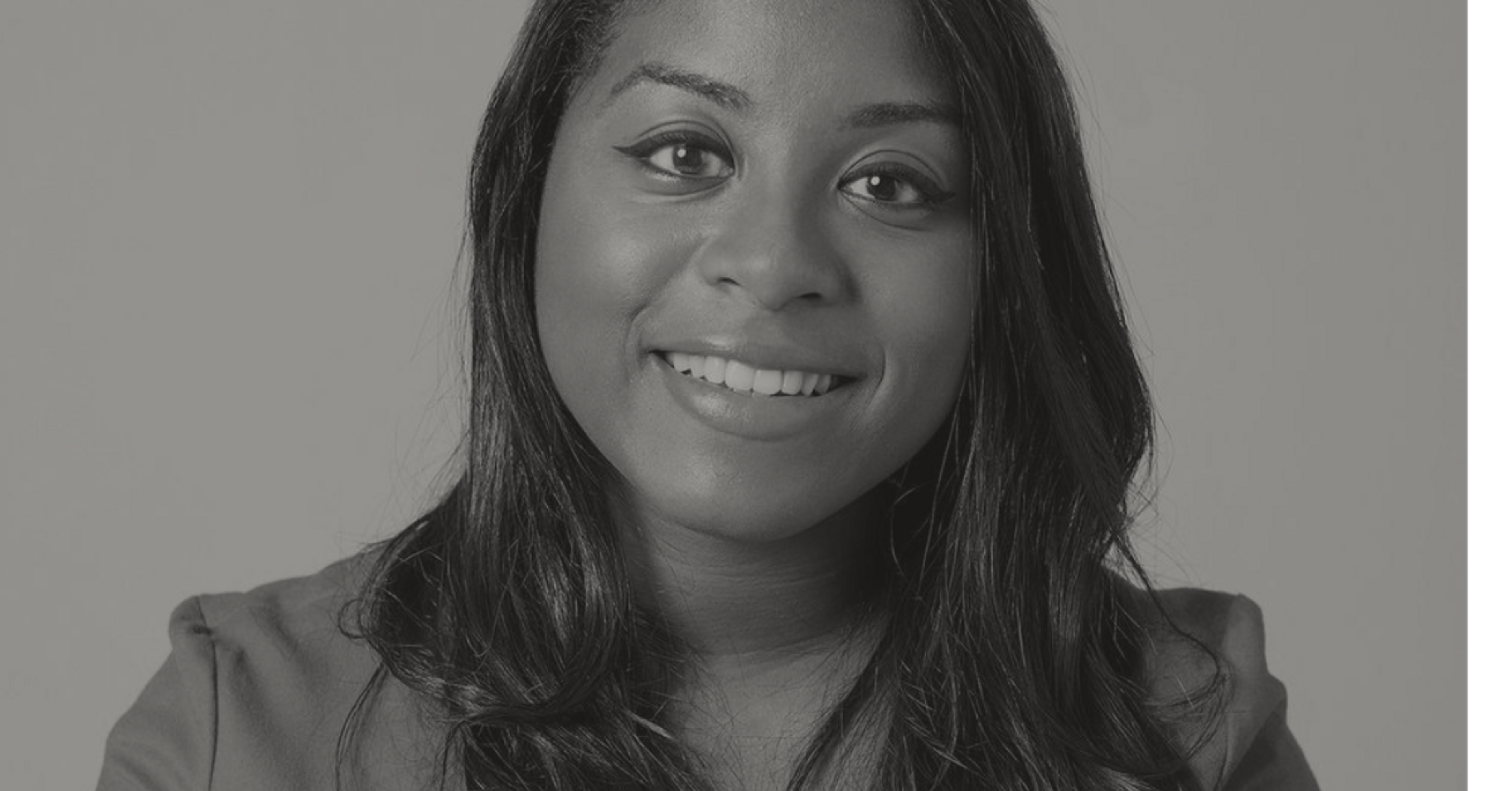Next up in the Glowday Diversity in Aesthetics series is the fabulous Dr Lauren, founder of Victor and Garth, who discusses being turned away from clinics because of the colour of her skin, and why it’s essential to acknowledge the nuances of treating black skin.
Hi Dr Lauren! Tell us a little about your own journey into aesthetics. Did anyone help pave the way or support you?
It was during medical school that I developed a passion for surgery and, in particular, I found myself fascinated by maxillofacial surgery. During surgical training, I would frequently be involved in the treatment of patients requiring Botox for medical indications. This exposure, coupled with my appreciation of the intricacies of facial anatomy and practical skill set, led me down the path of aesthetic medicine. In 2014, I took the leap to found Victor & Garth, a cosmetic and wellness clinic based in Shoreditch.
My family have fostered my ambition through their unwavering support. By witnessing their achievements, I have been able to realise my own goals. I have also been able to lean on and support other female aesthetic doctors. It can take quite a character to step off the traditional trajectory that a career in medicine follows; we’ve all been drawn to aesthetic medicine for similar reasons and I relish in the opportunity to swap tips and tricks with other female founders.
That’s so lovely. So, do you have any particular standout moments when you knew aesthetics was what you wanted to be doing?
I love the autonomy that Victor & Garth provides. I used to feel that you couldn’t have your professional hat on and still build a true rapport with colleagues and patients, that went beyond the surface. I am very much a part of my patient’s journey; seeing a patient walk out of the clinic feeling empowered with their self-confidence restored never gets old.
That must be a great feeling! It seems pretty apparent that there’s still a lack of representation in the aesthetics industry. Do you feel this was a barrier to you?
Victor & Garth was born out of a desire to shape a clinic that would challenge the norm; a place where beauty truly is inclusive. I haven’t seen the lack of representation as a barrier - it has spurred me on to create a much-needed space.
What an achievement that is - and such a breath of fresh air.
Can you tell me about an occasion where you have experienced racism in the industry?
I have not experienced overt racism whilst working as a cosmetic doctor. However, my experience of being a consumer in the beauty industry has been quite the opposite. I remember booking in for laser treatment and being turned away before I even stepped in the clinic, as they couldn’t treat my skin type. There were lots of other occasions like this and I always passed these off as ‘normality’ and as an inconvenience I had caused. In reality, the salon and clinic owners should be the ones questioning their practices. Who doesn’t like to be pampered and to indulge in some self-care? Victor & Garth openly welcomes everyone and this is reflected in the bespoke treatments offered.
Literature regarding aesthetic treatments for different ethnicities doesn’t appear to exist. What’s the reason for this? Did you feel adequately prepared to treat black skin and facial anatomy confidently?
There is literature out there that uncovers how to approach different ethnicities. The generic teaching I had did little to acknowledge the differences in skin types. Those who want to invest in treating darker skin tones or all ethnicities should set aside time for self-directed learning. This also applies to anyone wanting to better themselves as an aesthetic practitioner as there’s a limit to how deep one’s learning can get by just undertaking a two-day combined course in botulinum toxin and dermal fillers. I feel confident to an extent but we’re in an innovative field, which is constantly evolving. There will always be so much more to discover.
What advice would you give practitioners wanting to become more competent and confident treating black clients?
I believe it’s best to recognise early that one size doesn’t fit all. By simply acknowledging the nuances of treating black skin, your patients will feel comfortable and place their trust in you as their practitioner. To ensure you feel confident in treating all skin types, you will have to seek out appropriate learning opportunities tailored to your learning needs.
Given the lack of representation within the industry, do black people, women in particular, see aesthetic treatments as being 'for them'? If not, what can be done to address this?
The saying ‘black don’t crack’ is true to an extent for many black women and men. The idea of injectable treatments may not be as accessible and the before and after pictures may not resonate with black women, as they don’t see themselves in any of the models that clinics showcase. Culturally, we may see these treatments as taboo, as some may feel those that undergo treatments are rejecting our heritage. To address this, we need to make sure diversity and inclusivity is at the heart of each step of a patient’s journey.
Following the resurgence of the Black Lives Matter movement, we have been seeking out content creators (such as Candice Brathwaite, Sharmadean Reid and Aja Barber) who have provoked a lot of self-reflection and have helped us begin to understand the experiences of black women in particular. As a black aesthetic practitioner, who are your 'must follows' on social media?
There are so many inspirational people who are vocal about diversity or creating educational content on social media, including the ones you’ve mentioned. Other favourites in the beauty world include Ateh Jewel, Funmi Fetto, Dija Ayodele, Dr Ifeoma Ejikeme and Caroline Hirons. It’s really important to follow those that really speak to you, but you have to be proactive in finding the resources that enable you to broaden your own horizons rather than relying on prominent figures to do this for you.
What are the top 5 treatments black clients request?
I don’t think there’s a difference in the top treatments that my patients book in for. What we should acknowledge and address are the reasons why they are seeking treatment. My black patients are more likely to request a skin consultation to discuss treatment for post inflammatory hyperpigmentation from acne scars rather than to tackle ageing concerns. A black woman may want to have lip filler to provide more definition or hydration, whereas a white woman may be seeking more volume.
The saying ‘black don’t crack’ is true to an extent for many black women and men. The idea of injectable treatments may not be as accessible and the before and after pictures may not resonate with black women, as they don’t see themselves in any of the models that clinics showcase.
What are your ambitions for your clinic and career in the next year?
Victor and Garth has re-opened and it’s been great to welcome old faces through the doors and the PPE has not been too limiting in building rapport with new patients. Every decision I make for Victor & Garth has inclusivity at the heart of it. With that in mind, I have spent some time researching treatments I hope to add, and will be offering them soon. We’ve all missed out on face-to-face events this year, such as conferences and training courses. Online learning has afforded me a lot of opportunities during lockdown but nothing beats the feedback you get during the practical aspects of training.
What overall changes do you hope to see within the industry?
There are definitely undertones of unconscious bias within the industry. I would like to see brands, clinicians and aestheticians joining forces to promote diversity and inclusivity. Currently, it seems BAME founders are spearheading this but everyone can play a role.
It would be fantastic to see black doctors and nurses in leadership roles within the field. In order to tackle the discrepancy amongst clinicians and aestheticians, in their knowledge of black skin, training companies should include specifics of black skin in both theory and practical elements of their courses. By allowing this part of the curriculum to be optional we can never truly say we are proficient in the services we offer.
The diversity in the content Glowday is creating demonstrates there is a need for this and that it is easy to implement. Thank you for all the work Glowday is doing to challenge this.
Thanks, Dr Lauren. We're passionate about making aesthetics a safe and diverse place for all. Thanks so much for chatting with us.

